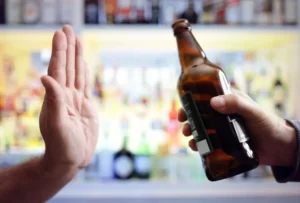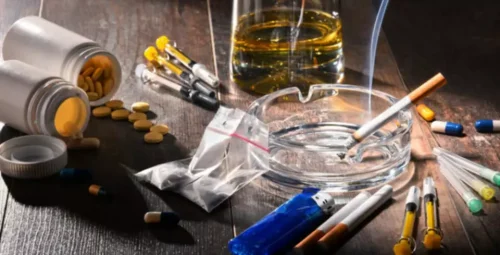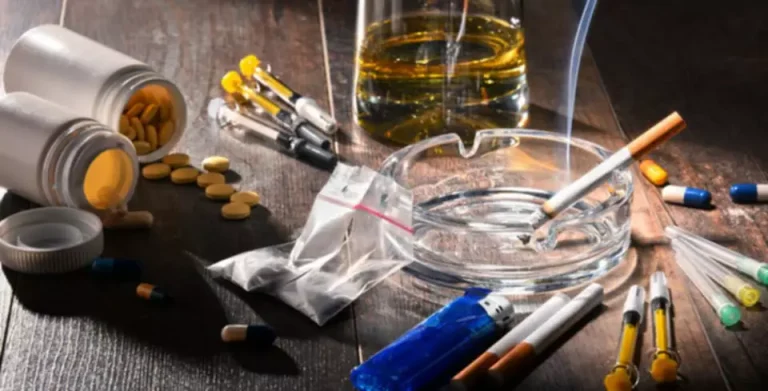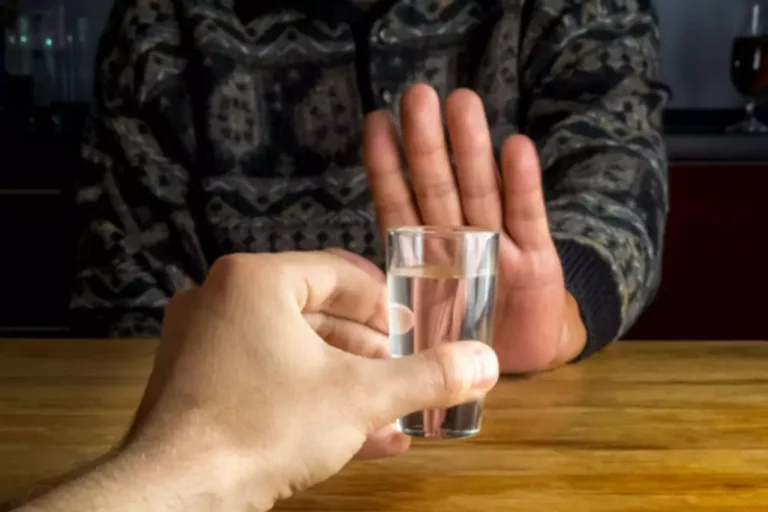
Hadiah not only writes insightful articles on various mental health topics but also creates engaging and practical mental health worksheets. It’s important to recognize that experiencing guilt and shame in recovery is a natural part of the healing process. Reflect on how past experiences can inform your recovery journey and empower you to make healthier choices. Shame often stems from internalized beliefs about one’s worthiness, and it can lead to feelings of inadequacy, unworthiness, or being fundamentally flawed as a person. In this post, you’re going Twelve-step program to learn all about guilt and shame in recovery and how to overcome them.
Foods to Support Your Body During Cocaine Detox
Shame can be particularly complicated in recovery because it can shake your belief in your ability to change and grow. The link between addiction and shame is strong, often creating a tough cycle that’s hard to break. Guilt is that nagging feeling that you’ve messed up or done something wrong. It’s usually connected to specific things you’ve done, like the harm caused to yourself or others during active addiction. It can come from friends, family, or even healthcare providers. Understanding and letting go of the pressure for perfection—whether with family or friends—can help manage expectations, ease guilt and shame, and create space to fully enjoy the present moment.

Drinking and Drugging As a Failed Coping Mechanism
Therefore, it’s imperative to overcome shame and guilt as you go through recovery. This article will be your guide in overcoming these strong emotions after addiction. Shame and guilt are parts of addiction and recovery that are quite common but can be repaired with time and work. If one dwells in these feelings though, the creation of self-doubt can lead to furthering relapse or causing it to reoccur. It guilt and shame in recovery is important to try to become more self-aware of your feelings and work on them.
- Navigating the path of recovery involves confronting and addressing feelings of shame and guilt.
- The individuals would often discuss how their family would separate themselves from the individual in addiction and wanted nothing to do with them.
- Discover how collaboration and volunteering strengthen bonds for mental health.
- Now, this ties into your question about what I do as somebody who’s in recovery.
- Discover what sets Legends Recovery’s detox apart in cocaine addiction treatment.
- Working with a therapist can help you gain new insights into your life, enhance your self-confidence, and learn to make healthier choices.
Challenge Negative Thoughts:
Participants gain valuable insights into their behaviors and learn effective strategies to manage their recovery journey. Engaging in these groups reduces the feeling of isolation that often accompanies substance use disorders, promoting community and connection. Research studies indicate that peer support in these groups significantly benefits addiction recovery, leading to reductions in substance use and improvements in treatment engagement. Individuals participating in behavioral therapy report enhancements in self-efficacy and reductions in feelings of guilt or shame, which can often accompany addiction. Each type of group offers distinct benefits, ensuring that individuals can find a community that aligns with their beliefs and goals. By focusing on enhancing self-esteem and building self-worth, individuals can better navigate their recovery journeys.

Common holiday triggers
Research indicates that group settings can significantly enhance recovery outcomes, including improvements in self-efficacy and reductions in guilt or shame 6. The importance of self-esteem in addiction recovery cannot be overstated. It is a critical factor in the development of addiction and a necessary component of successful recovery. Individuals with high self-esteem generally recognize their abilities and worth, which empowers them to resist relapse and confront difficulties effectively. In contrast, those with low self-esteem often struggle to see their value, making them more vulnerable to substance use 4. This is important because it can influence your behaviors and reactions.

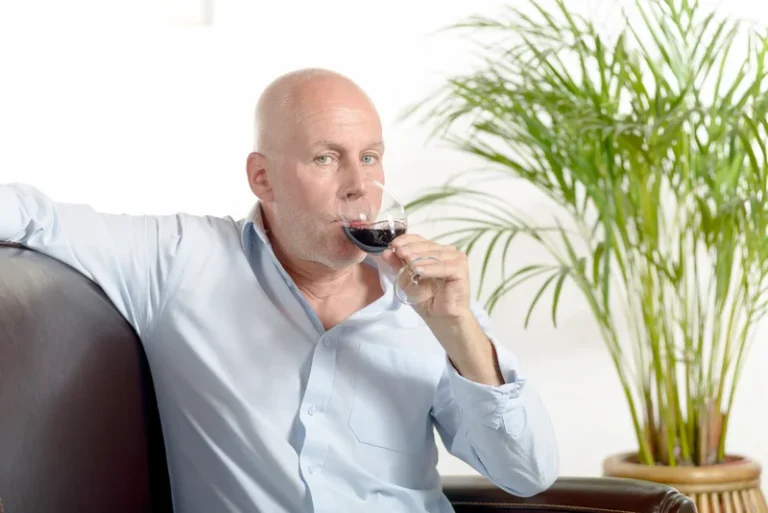
Both my parents are deceased, I’ve visited and revisited and revisited this with them. If I don’t find some way to navigate this, skillfully, it’ll be the end of me, it’ll be the death of me because I knew I wasn’t gonna be able to sustain recovery. Learn more about our levels of care and our treatment team here! If you are looking for community support, check out our alumni page for updates on sober events and gatherings =https://ecosoberhouse.com/ or reach out to our alumni coordinator Kelly Butzer for more information.
- Engaging in activities that bring joy and fulfillment can significantly enhance self-esteem.
- Our mission is to serve men recovering from substance use disorder and related co-occurring conditions.
- Many individuals in recovery also experience guilt and shame related to the impact of their behavior on their loved ones.
- They may have acted in negative ways and hurt those they love.
- So that’s a little bit of what you can look at indirect indicators of shame.
- So by that kind of guilt by association, whether I’m actively addicted, or actually committed in recovery, you still have a tremendous amount of stigma in general society.
